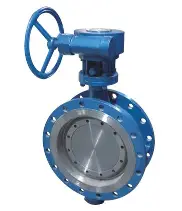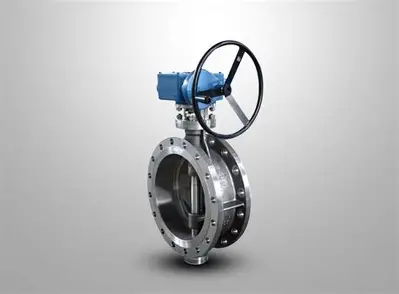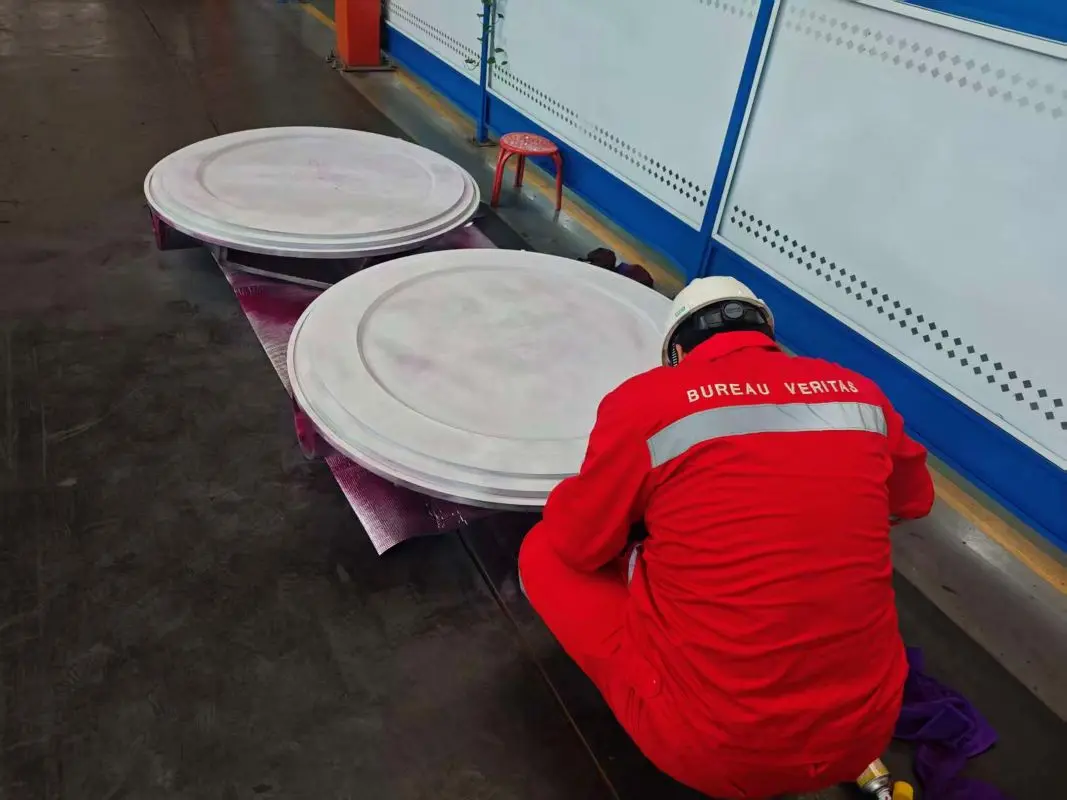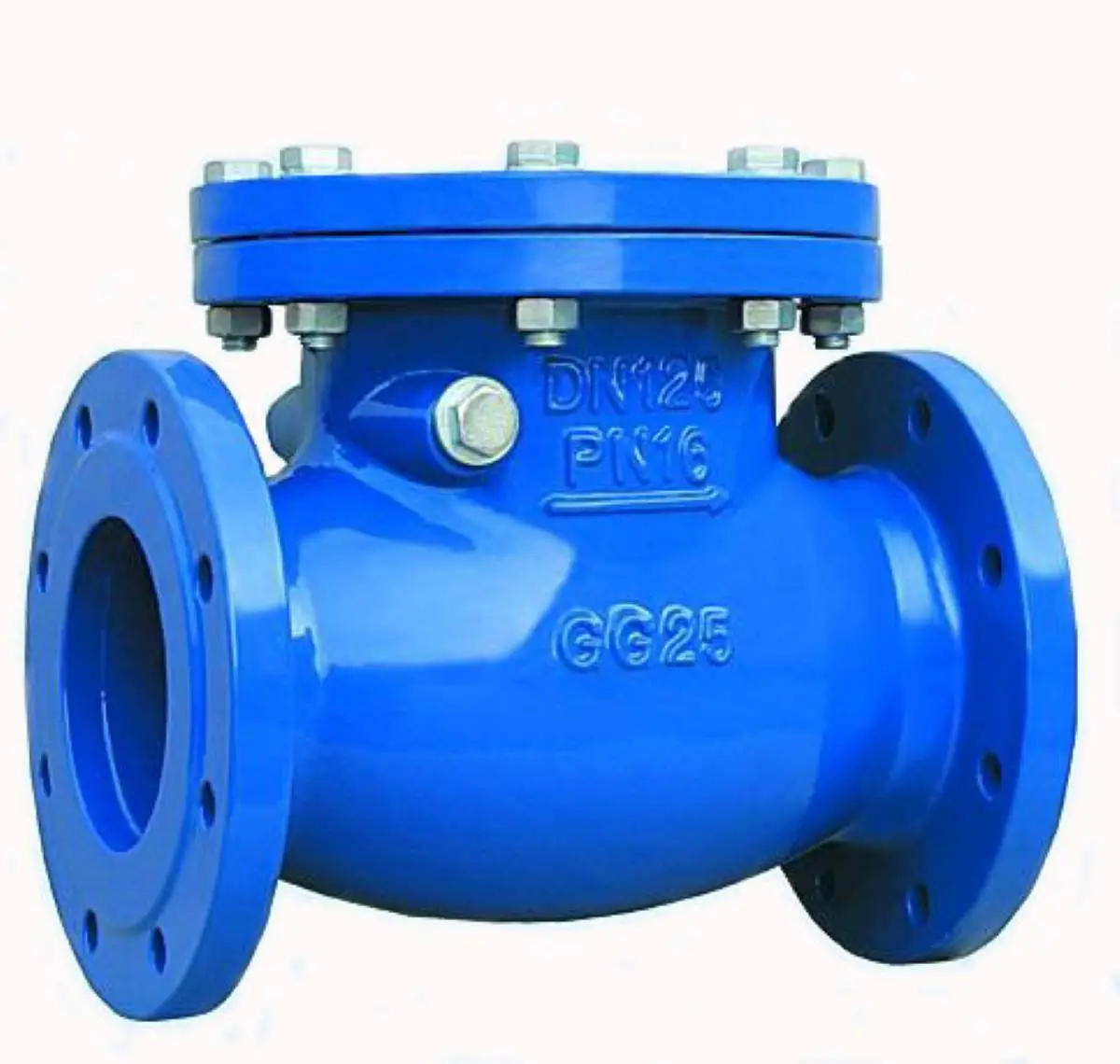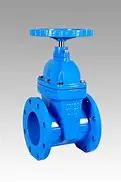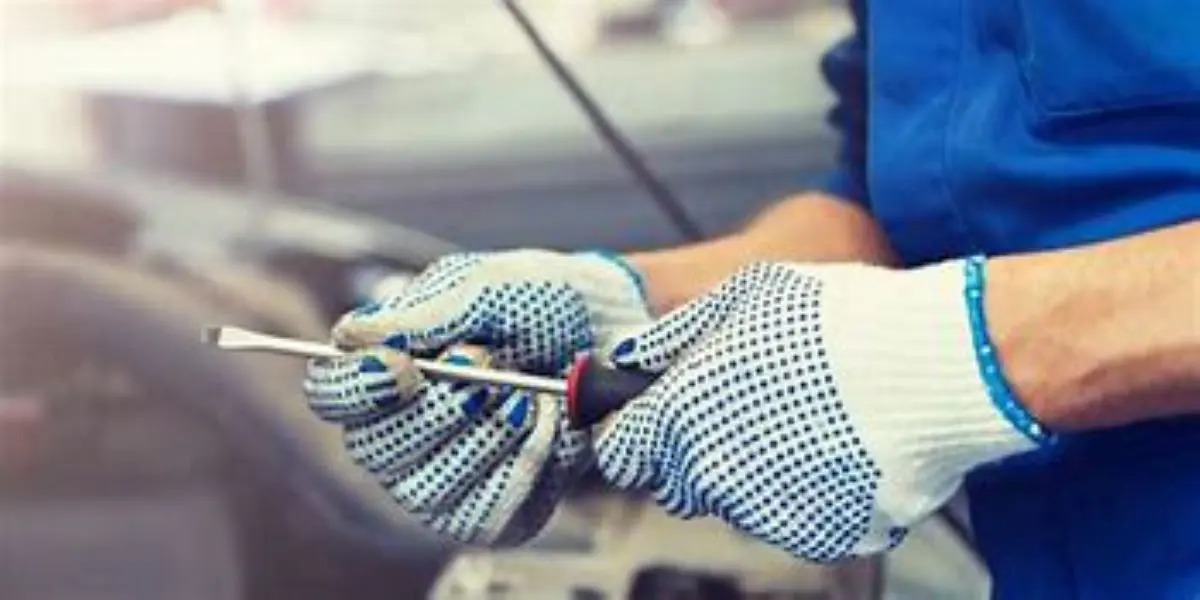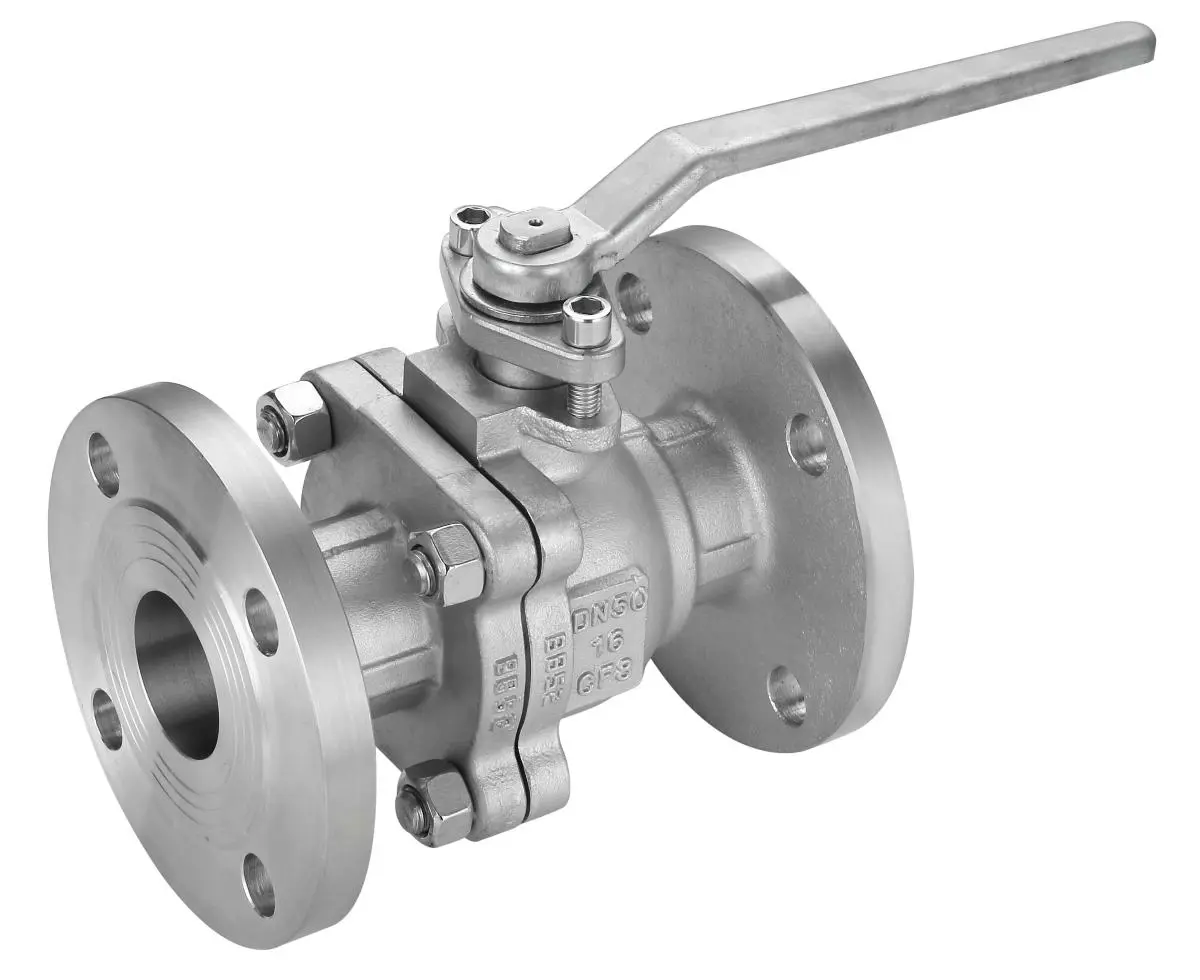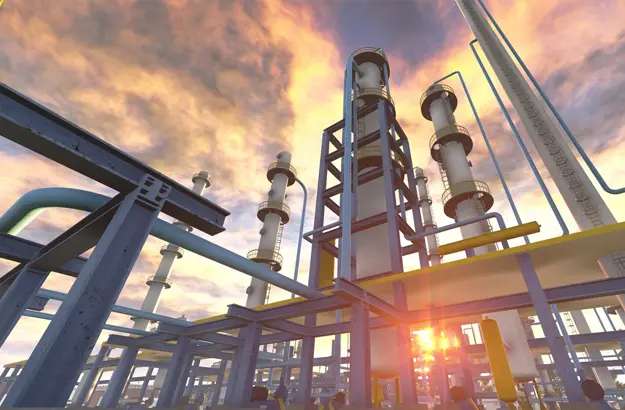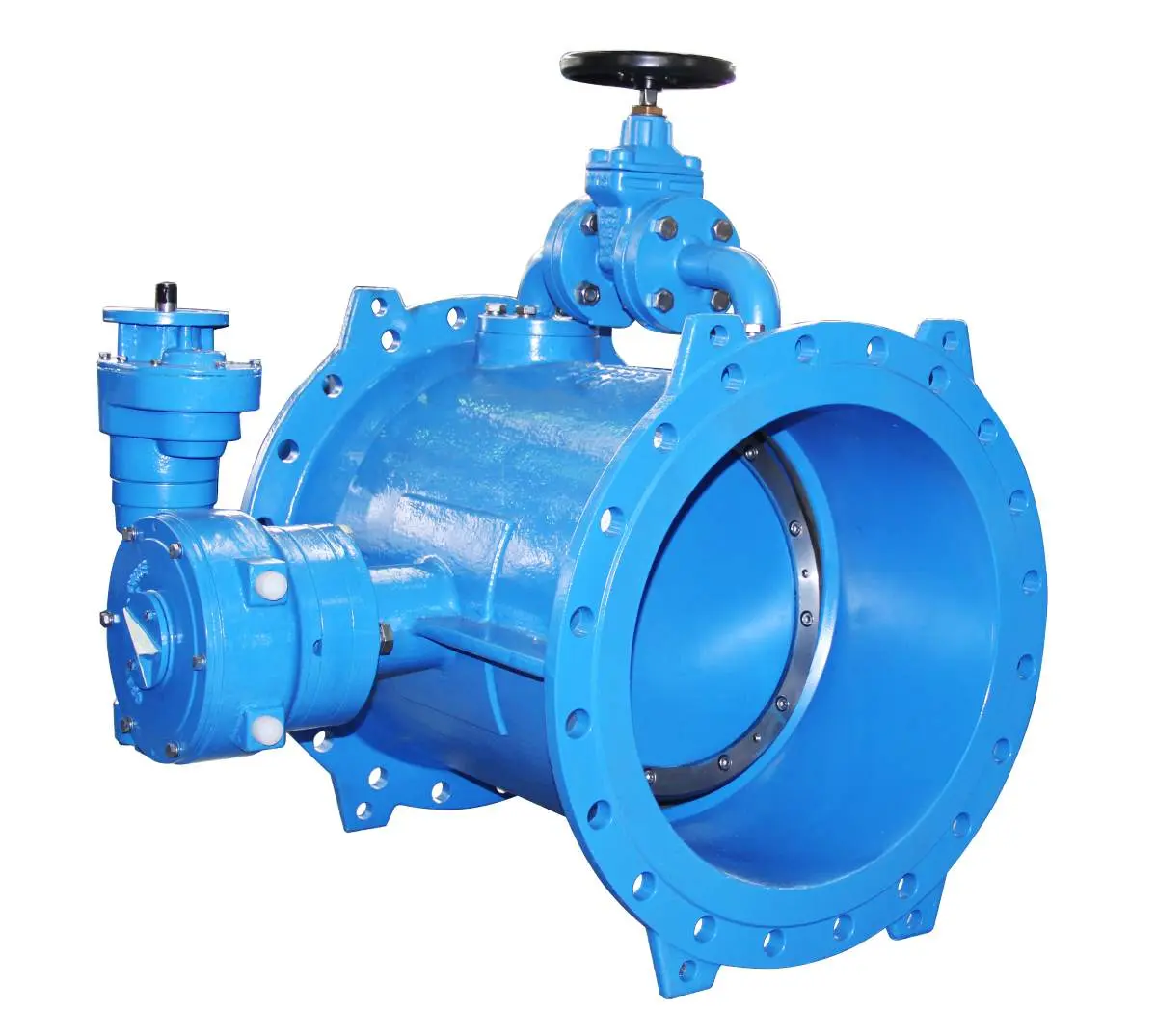Protecting Valves in Corrosive Environments: Lifespan Extension Tips
Valves are essential components in industrial systems, but they often face harsh operating conditions that can lead to corrosion and premature failure. Corrosion is not just a cosmetic issue—it directly weakens valve structures, affects sealing performance, and ultimately increases maintenance costs and downtime. For industries handling aggressive fluids, high temperatures, or outdoor environments, understanding how to protect valves against corrosion is key to extending their service life.
In this article, we’ll explore the main types of corrosion that impact valves, why they occur, and practical methods to combat them. From choosing the right materials to using coatings, inhibitors, and advanced manufacturing processes, you’ll find useful, easy-to-follow strategies that help you save both time and money while keeping your systems running smoothly.
Common Forms of Valve Corrosion
Corrosion occurs when materials react with their environment, gradually breaking down their structure. For valves, which are often exposed to liquids, gases, or mixed environments, corrosion is a common threat. Generally, we can group corrosion into two main categories: chemical corrosion and electrochemical corrosion.
1. Chemical Corrosion
This type happens when a valve’s material directly reacts with its surrounding medium without involving electrical currents. For instance, high-temperature dry gases or non-electrolyte liquids can attack metal surfaces, leading to gradual deterioration. Imagine a valve sitting in a pipeline that transports hot, dry chlorine gas—the reaction with the valve’s metal can weaken it over time even without moisture present.
2. Electrochemical Corrosion
This is the most widespread and damaging form of corrosion for valves. It occurs when metals come into contact with electrolytes, creating an electrochemical reaction that drives electron flow and material loss. Examples include:
- Acidic and alkaline solutionseating away at valve surfaces
- Atmospheric corrosion, where humidity, oxygen, and pollutants attack exposed parts.
- Soil and seawater corrosion, common in buried or marine pipelines.
- Microbiological corrosion, caused by certain bacteria that produce corrosive byproducts.
- Localized corrosion, such as pitting or crevice corrosion, often seen in stainless steel when oxygen concentration differs in tiny spots.
The key point here is that electrochemical corrosion doesn’t always require an aggressive medium—it can also arise from small differences in oxygen concentration or even material structure. That’s why valves can corrode unexpectedly, even in environments that don’t seem particularly hostile.
Eight Proven Anti-Corrosion Measures
Now that we’ve outlined how corrosion happens, let’s dive into practical strategies to prevent or slow it down. Each of these methods has real-world applications in extending the working life of valves.
1.Select the Right Material for the Medium
Not all materials behave the same way in corrosive environments. Even a small change in concentration, temperature, or pressure can dramatically change how a material reacts. For example:
- Leadresists dilute sulfuric acid, but in concentrations above 96%, its corrosion rate skyrockets.
- Carbon steelsuffers worst at about 50% sulfuric acid concentration but corrodes less at higher levels.
- Aluminumhandles low-concentration nitric acid but performs poorly in highly concentrated solutions.
- Stainless steelgenerally resists nitric acid, but in concentrations above 95%, pitting becomes more aggressive.
The takeaway? Always match valve materials to the exact operating conditions, not just the general fluid type. Consulting corrosion handbooks or supplier recommendations can save you from costly failures.
2. Use Non-Metallic Materials
Non-metallic materials such as PTFE (Teflon), rubber linings, or engineering plastics offer excellent resistance to many corrosive environments. These can be used for:
- Valve bodies and bonnets with protective linings.
- Sealing surfaces, gaskets, and packing materials.
- Special valve designs like pinch valves that rely on rubber’s natural resilience.
The advantage is clear—non-metals are often cheaper and more corrosion-resistant. However, their downside is limited strength and temperature tolerance. Recent advances, such as flexible graphite, have expanded non-metallic applications into higher-temperature ranges, solving long-standing sealing problems.
3. Thermal Spraying (Surface Coating)
Thermal spraying involves melting materials (metallic or ceramic) and spraying them onto the valve’s surface, creating a protective layer. This process significantly enhances resistance to:
- Corrosion
- Wear
- High temperatures
Beyond protection, thermal coatings can provide unique features such as electrical insulation, lubrication, or even electromagnetic shielding. In many cases, valves can also be repaired or refurbished by applying new spray coatings rather than replacing them entirely.
4. Coating with Paints and Varnishes
Paint is still one of the most cost-effective and widely used anti-corrosion solutions. Industrial Valve manufacturers often apply protective paints that:
- Isolate metal surfaces from air and moisture.
- Provide quick identification with color coding.
- Offer temporary protection that can be renewed periodically.
This method works best in mildly corrosive environments such as freshwater, seawater spray, or atmospheric exposure. However, reapplication every 6–12 months is often necessary.
5. Use of Corrosion Inhibitors
Corrosion inhibitors are chemicals added to the medium or applied to valve components to slow down corrosion. For example:
- Adding small amounts of oxidizing agents (like nitric acid) to sulfuric acid can reduce corrosion in stainless steel by forming a protective passive film.
- Sodium nitrite added to water test media can protect valves during pressure testing.
- In asbestos packing, inhibitors or sacrificial metals like zinc can protect valve stems from chloride attack.
- Inhibitors don’t eliminate corrosion but can significantly slow it, making them a practical and flexible solution in many systems.
6. Electrochemical Protection
This method involves using sacrificial anodes (like zinc or magnesium) or impressed current systems to protect valves. In essence, the sacrificial metal corrodes first, sparing the valve.
Cathodic protection is especially effective for large or buried valves, such as those in underground pipelines or offshore installations. It’s widely used because it’s cost-effective and relatively easy to implement.
7. Controlling the Operating Environment
Sometimes, corrosion can be managed by adjusting the system’s operating conditions. Examples include:
- Deaerating boiler water to remove oxygen.
- Adjusting pH in refinery processes.
- Regularly cleaning and flushing valves to remove dust, salt, or chemicals.
- Adding protective covers, using underground chambers, or applying surface oiling.
- Even something as simple as improving ventilation in enclosed spaces can reduce corrosion caused by trapped heat and humidity.
8. Improved Valve Design and Manufacturing
Finally, prevention starts at the design stage. A well-designed valve that avoids sharp corners, stagnant zones, or tight crevices is naturally less prone to corrosion. Manufacturers should:
- Select structures that minimize crevice formation.
- Use modern machining and welding processes to avoid stress concentrations.
- Ensure compatibility between materials in multi-component valves.
- By addressing corrosion risks during the design and production phases, valves can achieve longer service lives with fewer field issues.
Practical Tips for Extending Valve Lifespan
- Perform routine inspections: Catch early signs of corrosion before they spread.
- Keep surfaces clean: Regular washing and flushing prevent buildup of corrosive agents.
- Match valve type to application: Don’t use a standard steel valve in seawater service—opt for stainless steel, duplex steel, or lined valves.
- Plan preventive maintenance: Reapply coatings, replace packing, and monitor cathodic protection systems.
Small preventive actions go a long way in avoiding expensive downtime or replacements.
Conclusion
Corrosion is inevitable in harsh environments, but it doesn’t have to be destructive. By understanding the mechanisms behind corrosion and applying the right protection strategies—whether it’s selecting resistant materials, using coatings, adding inhibitors, or improving design—you can significantly extend the service life of your valves.
For industrial managers, engineers, and operators, these practices mean fewer breakdowns, reduced maintenance costs, and safer, more reliable systems. In the end, a proactive approach to valve corrosion protection isn’t just good engineering—it’s smart business.





